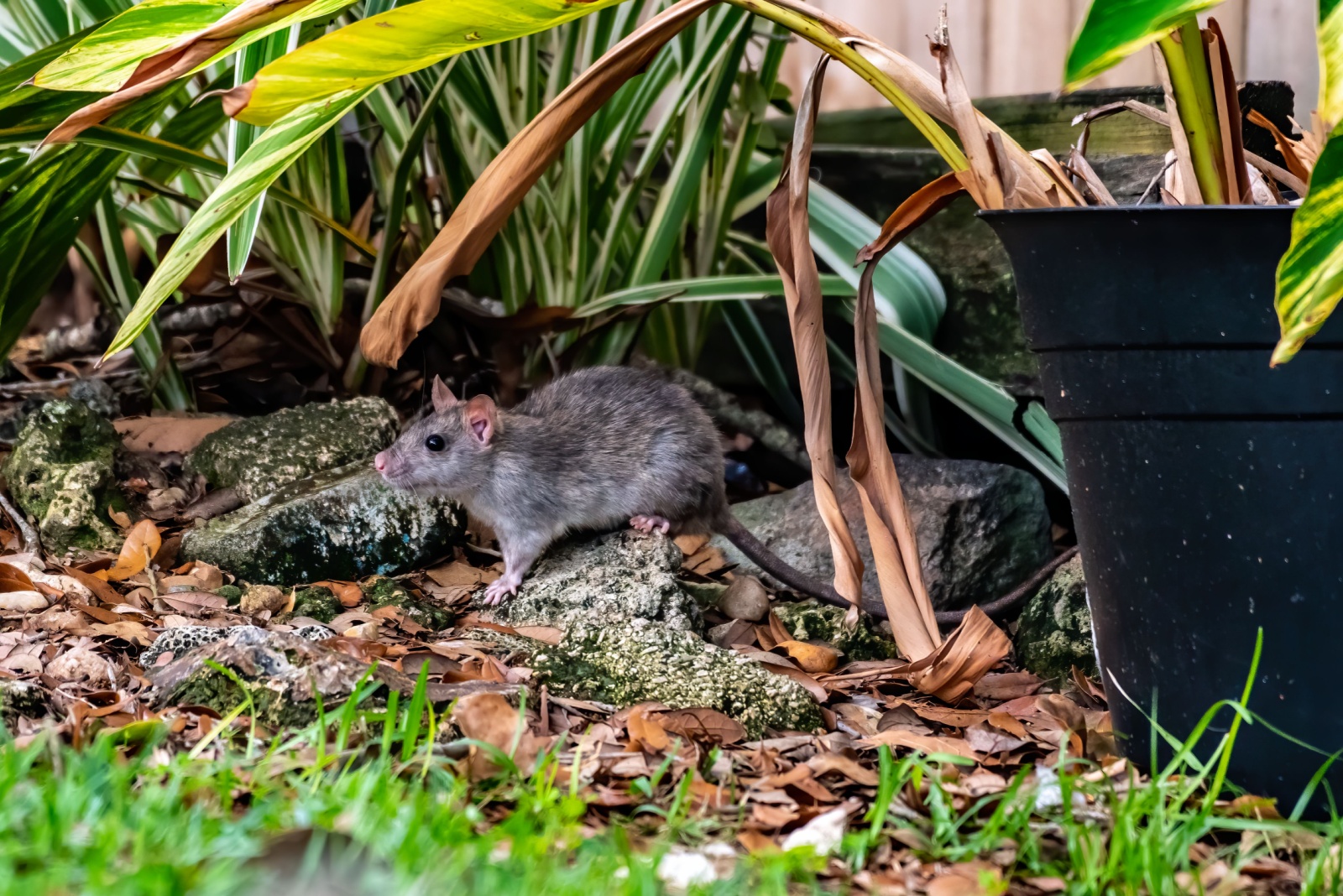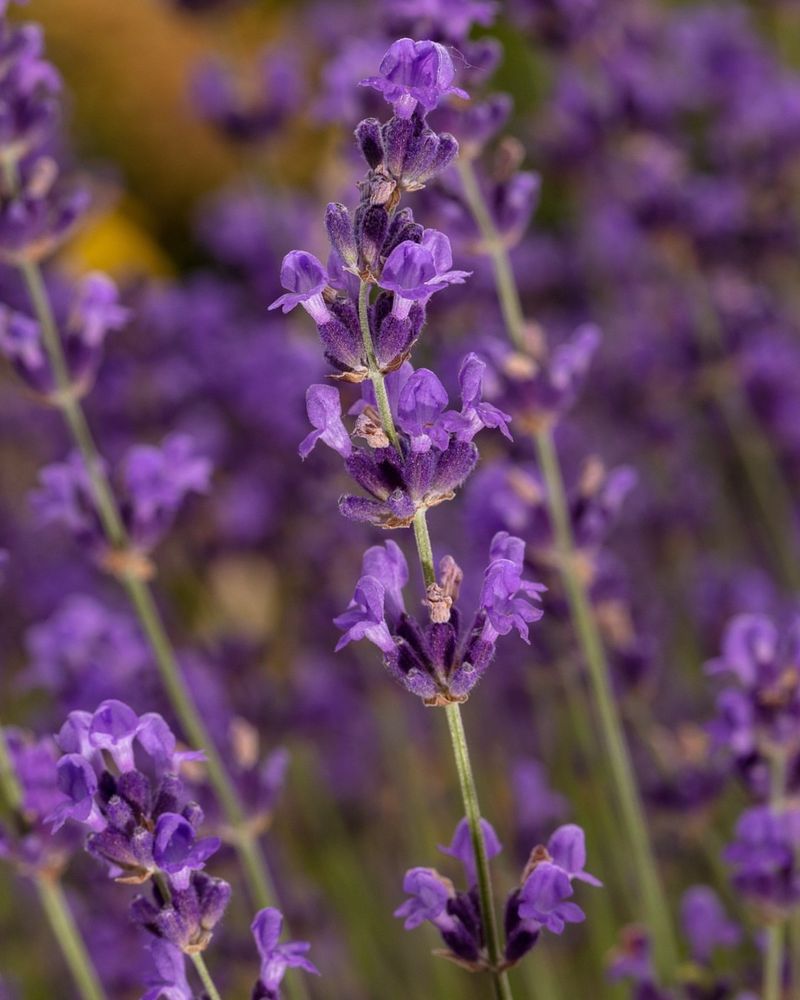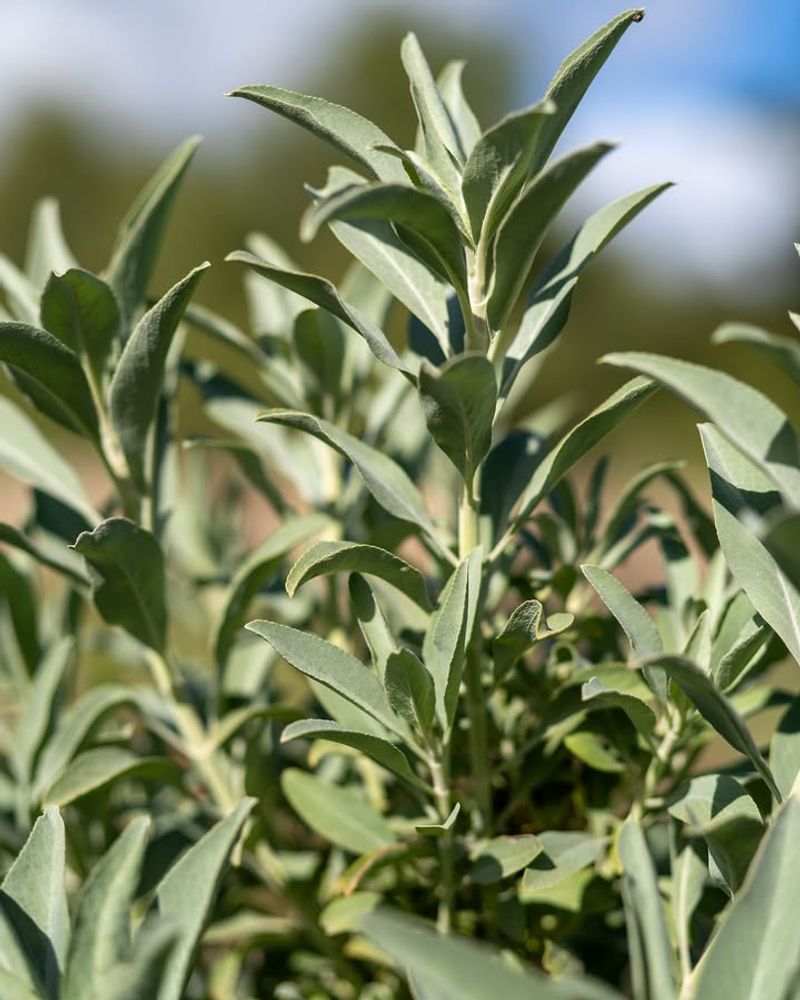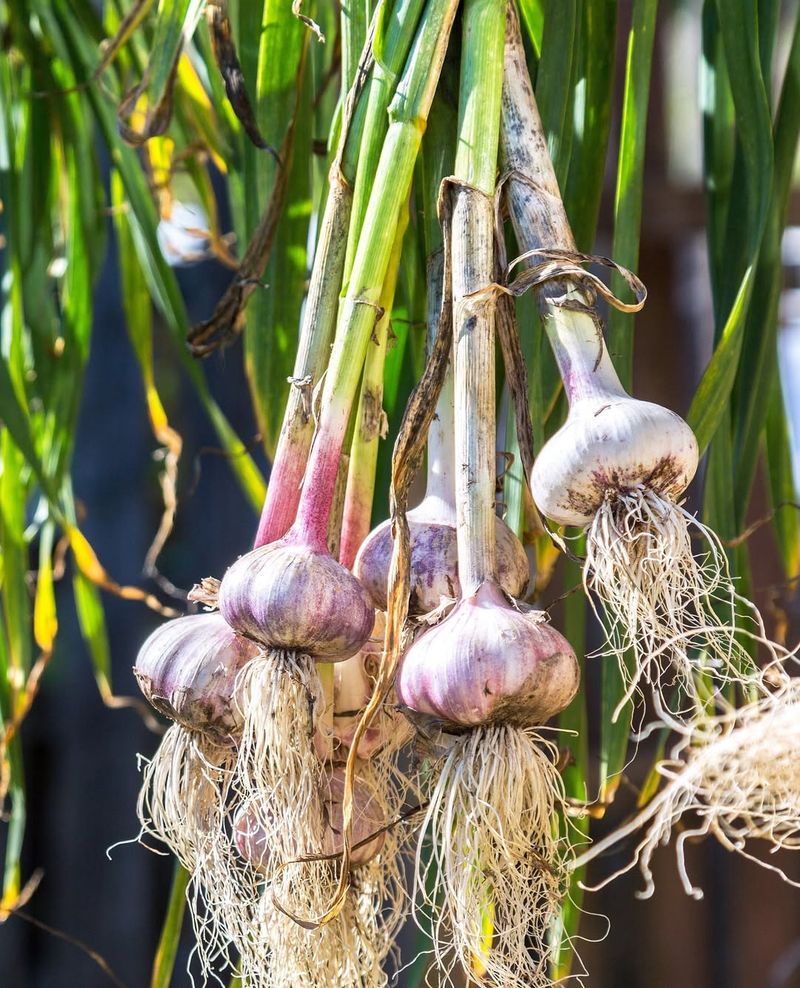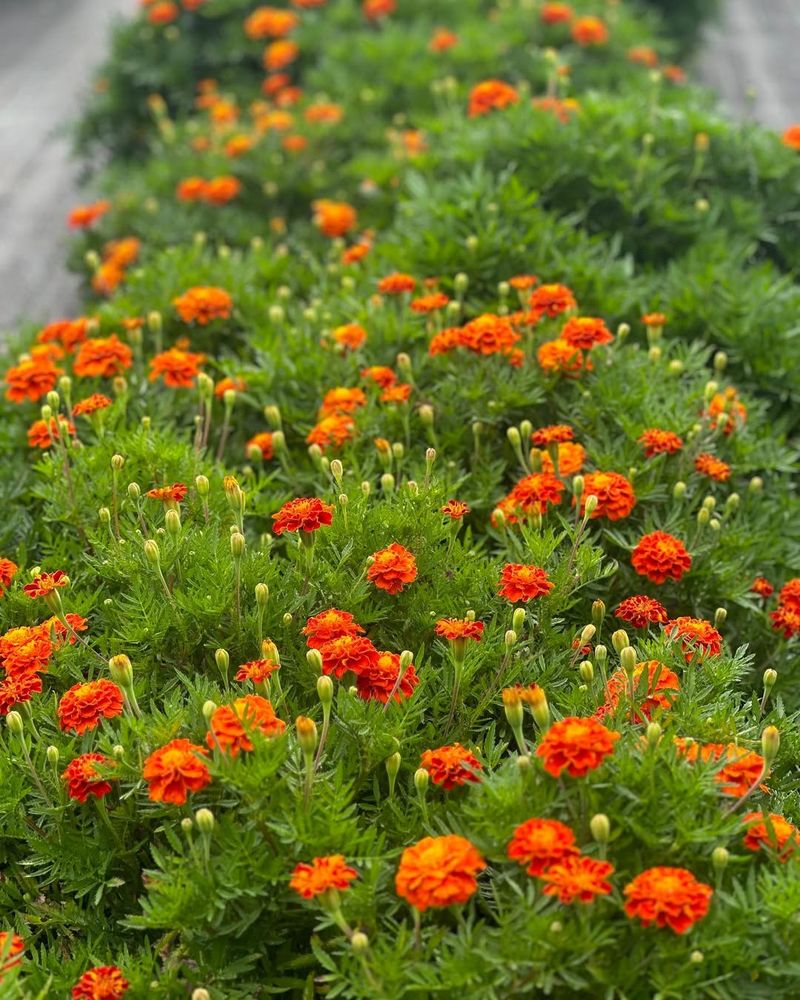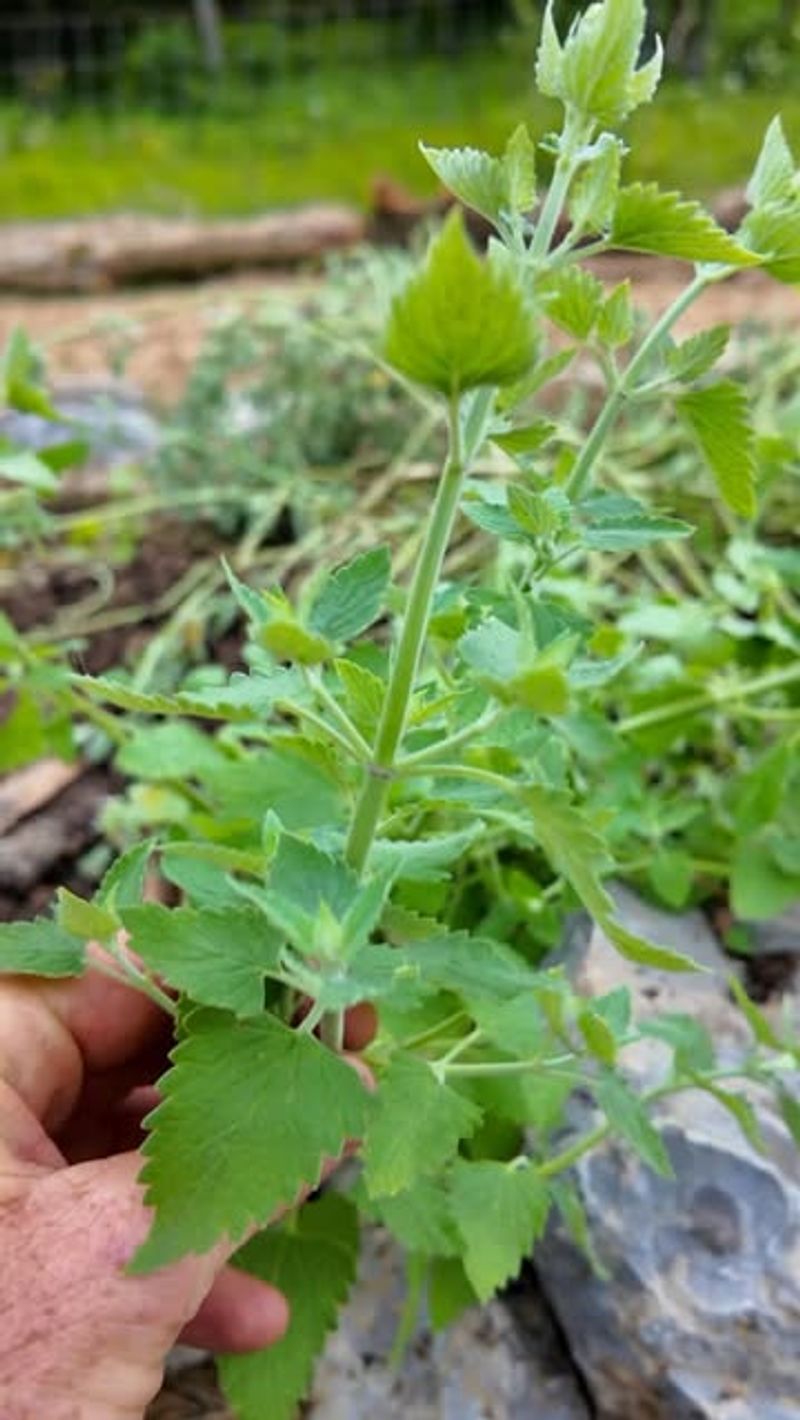Rats can become unwelcome guests in Nevada homes, sneaking into garages, sheds, and gardens looking for food and shelter. Instead of relying on harsh chemicals or traps, many Nevadans turn to nature’s own solutions.
Certain plants have strong scents and properties that rats find absolutely unbearable, making them excellent natural deterrents for your property.
1. Peppermint
Peppermint packs a powerful punch with its intense menthol aroma that humans love but rats absolutely cannot stand. Plant it near doorways, windows, or anywhere you’ve spotted rodent activity.
The strong scent overwhelms their sensitive noses and sends them searching for calmer spaces. Crushing a few leaves releases even more of that potent oil, creating an extra barrier.
Bonus: you’ll have fresh mint for tea and cooking all summer long while keeping your home rodent-free naturally.
2. Lavender
With its gorgeous purple blooms and calming fragrance, lavender works double duty as both decoration and pest control. Rats find the sweet floral scent overwhelming and will avoid areas where lavender grows thick.
Nevada’s dry climate is actually perfect for growing this Mediterranean herb. Plant lavender along pathways, near foundations, or in containers around patios where rodents might enter.
The dried flowers keep their scent for months, so you can make sachets to place in storage areas too.
3. Rosemary
Rosemary isn’t just for seasoning roasted potatoes anymore. This woody herb releases a sharp, piney scent that confuses and repels rats effectively.
Hardy and drought-tolerant, rosemary thrives in Nevada’s hot, dry summers with minimal water. Plant it near garbage bins, compost areas, or garden sheds where rodents typically lurk. Its needle-like leaves stay fragrant year-round, providing constant protection.
Snip some branches for your kitchen while maintaining a natural barrier against unwanted critters at the same time.
4. Sage
Native to the American Southwest, sage feels right at home in Nevada’s landscape. Its earthy, slightly bitter aroma makes rats turn tail and run the other way.
The fuzzy, silver-green leaves contain oils that rodents find particularly offensive. Plant sage in sunny spots around your property’s perimeter or near vegetable gardens you want to protect. It requires very little maintenance once established.
Many Nevadans burn dried sage bundles, which spreads the scent through indoor spaces effectively.
5. Garlic
Vampires aren’t the only creatures that avoid garlic—rats can’t stand it either. The pungent sulfur compounds in garlic create an invisible shield that rodents won’t cross.
Plant garlic bulbs around your garden’s edges or near building foundations in fall for best results. As the plants grow, they release their distinctive odor into the surrounding soil and air. When you harvest the bulbs, the lingering scent remains.
Crushing garlic cloves and spreading them in problem areas provides immediate, temporary protection.
6. Marigolds
Cheerful marigolds bring vibrant color to Nevada gardens while secretly working as pest bodyguards. Their distinctive musky smell, which comes from a compound called pyrethrum, sends rats scurrying away quickly.
Plant these hardy annuals in flower beds, vegetable gardens, or containers near entryways. They bloom continuously through summer and fall with minimal care. The roots also release substances into the soil that deter underground pests.
Many gardeners plant marigolds as companion plants for extra protection.
7. Daffodils
Springtime daffodils do more than brighten your yard after winter—they contain toxic alkaloids that rats instinctively avoid. The bulbs, stems, and flowers all produce compounds that taste terrible and cause discomfort.
Plant daffodil bulbs in fall around your home’s foundation or throughout flower beds. They multiply naturally over years, expanding your protective barrier. Rats learn quickly to stay away from areas where daffodils grow.
These perennials return reliably each spring without replanting, making them low-maintenance guardians.
8. Catnip
While cats go crazy for catnip, rats have the complete opposite reaction to this minty relative. Research shows that nepetalactone, the oil in catnip, repels rodents more effectively than many commercial products.
Catnip grows aggressively in Nevada gardens, spreading quickly to cover ground and fill spaces. Plant it strategically near potential entry points or in areas where you’ve noticed rodent activity. The leaves stay potent whether fresh or dried.
Just be prepared for neighborhood cats to visit frequently and roll around happily.

